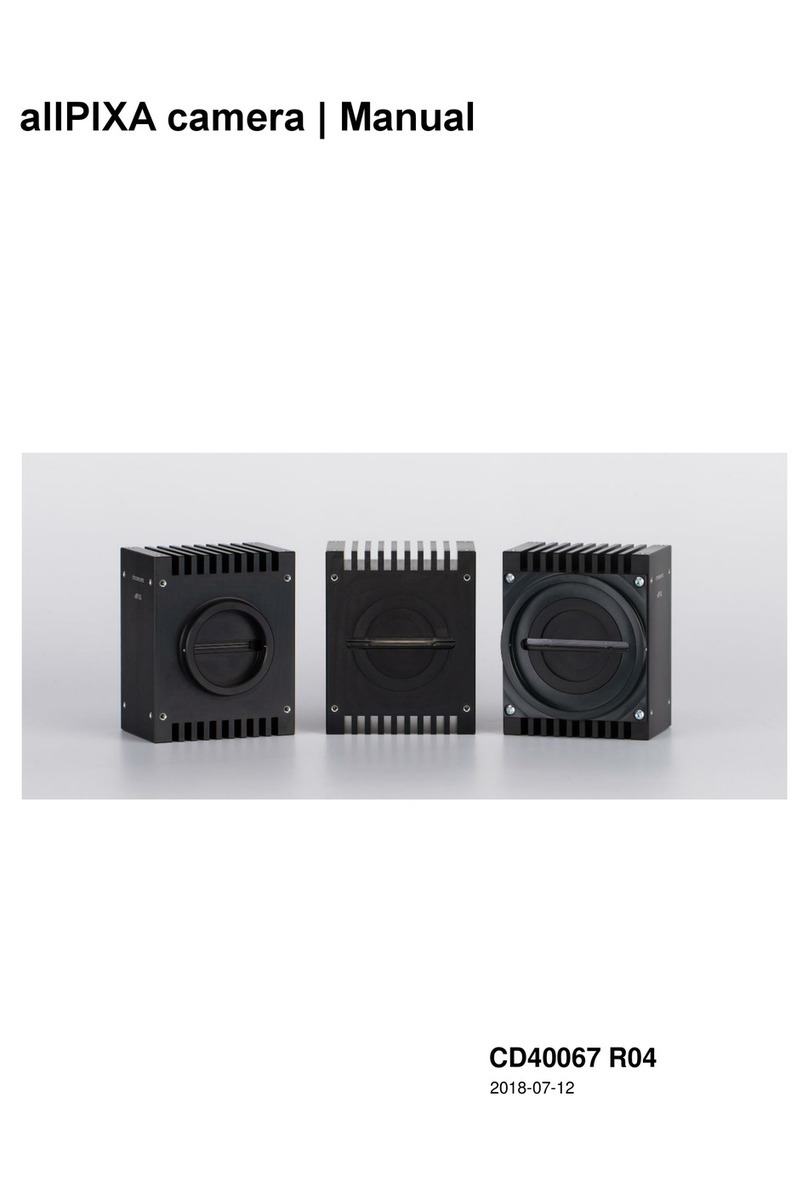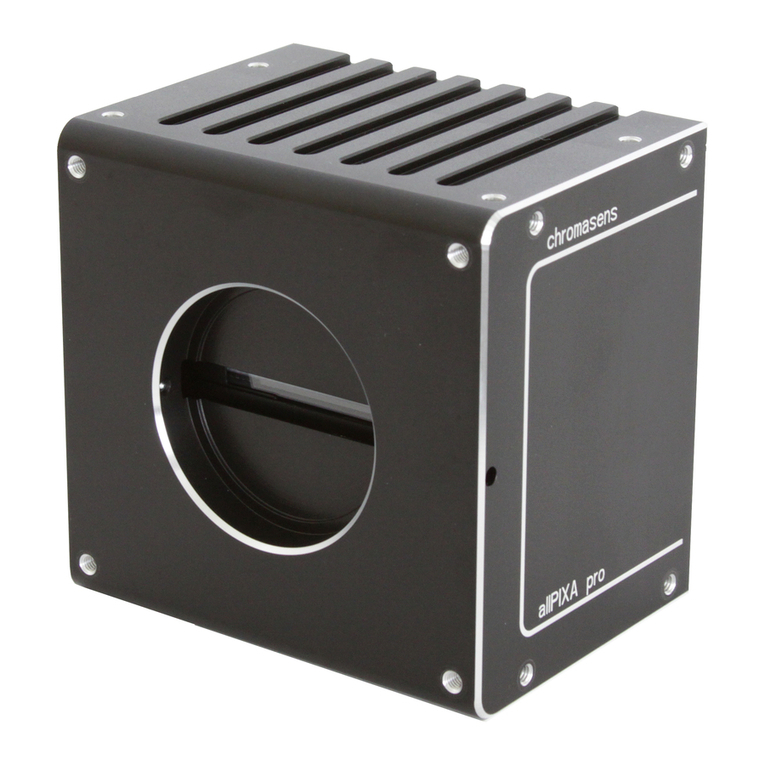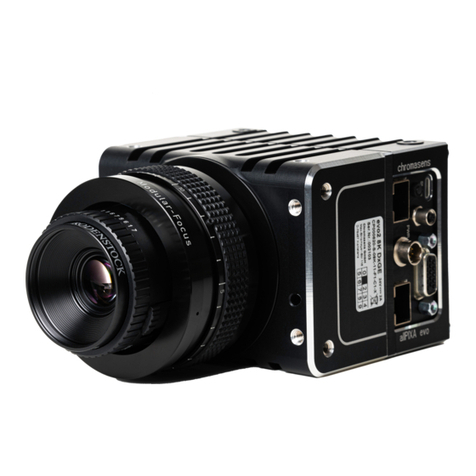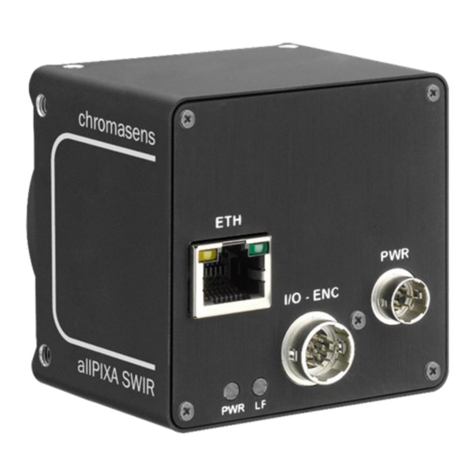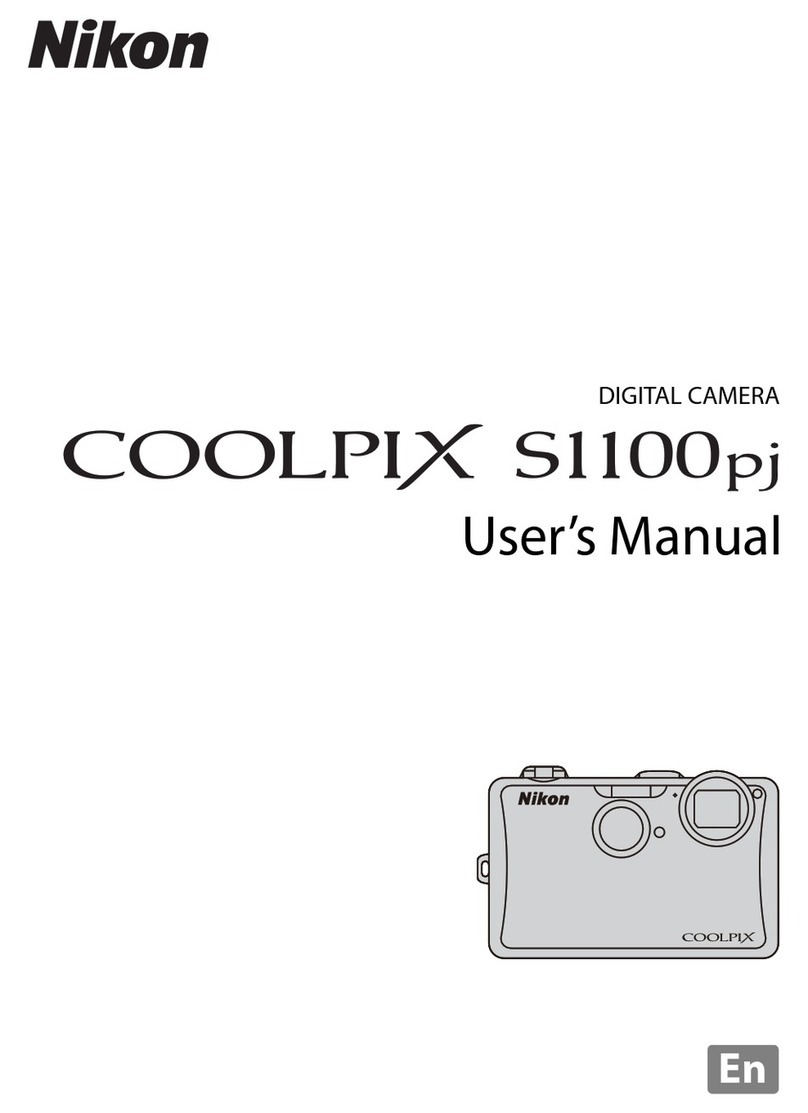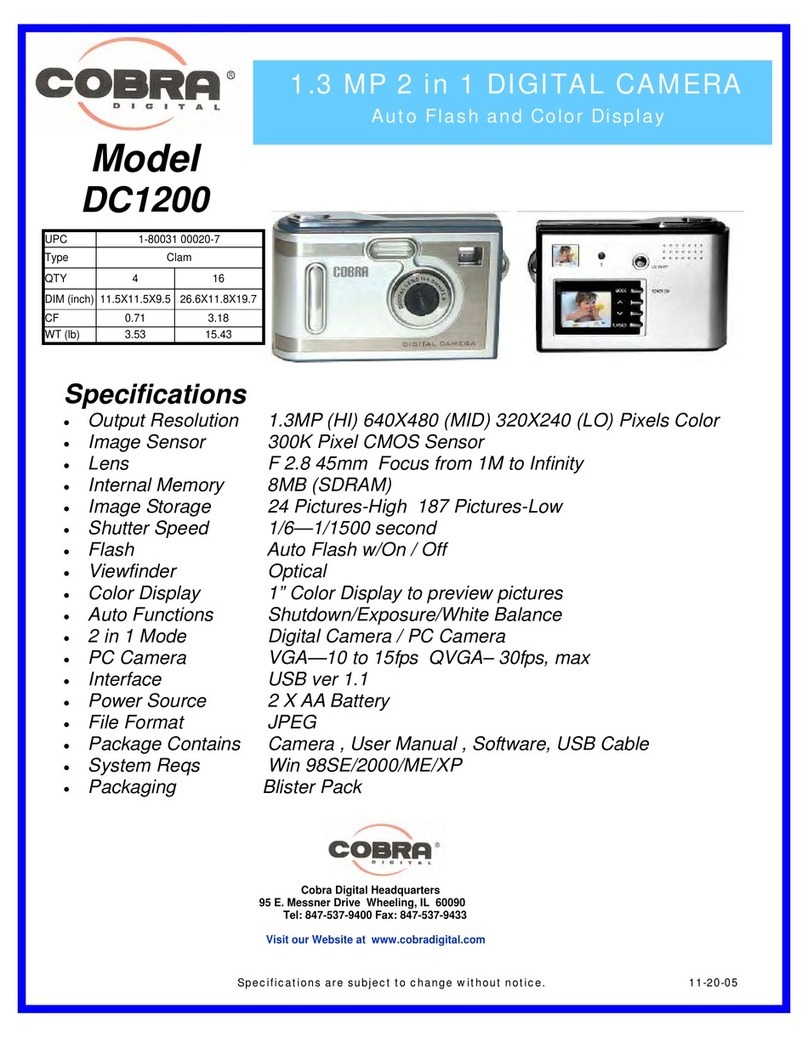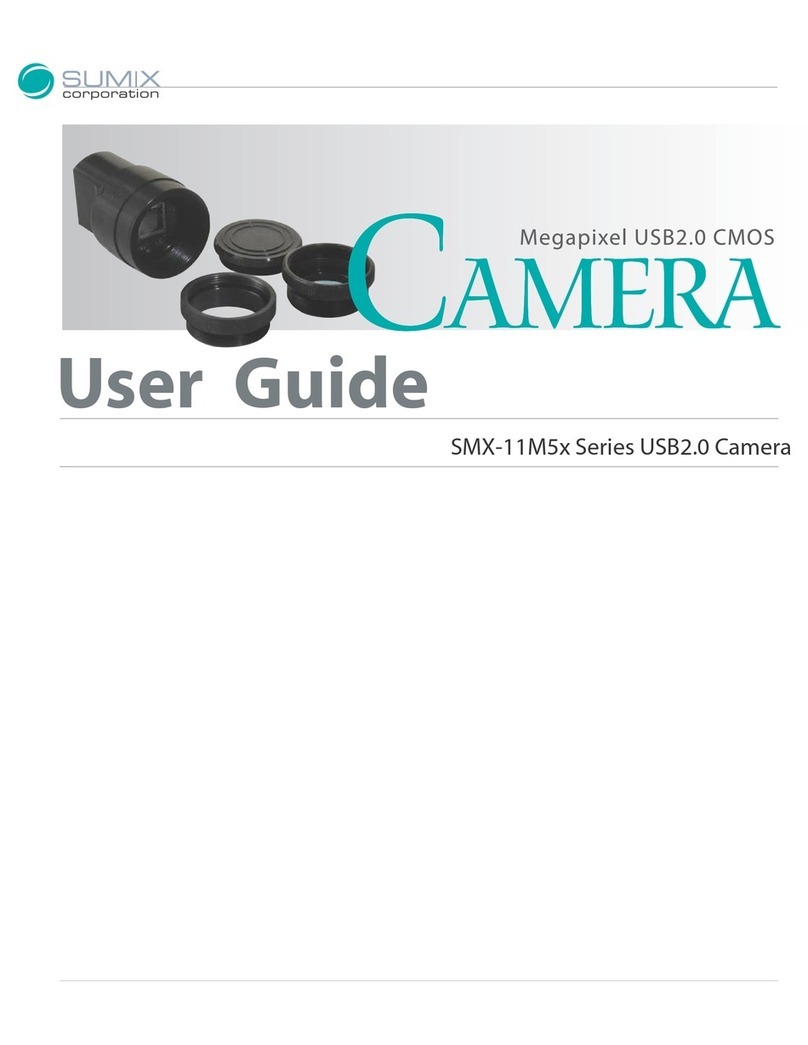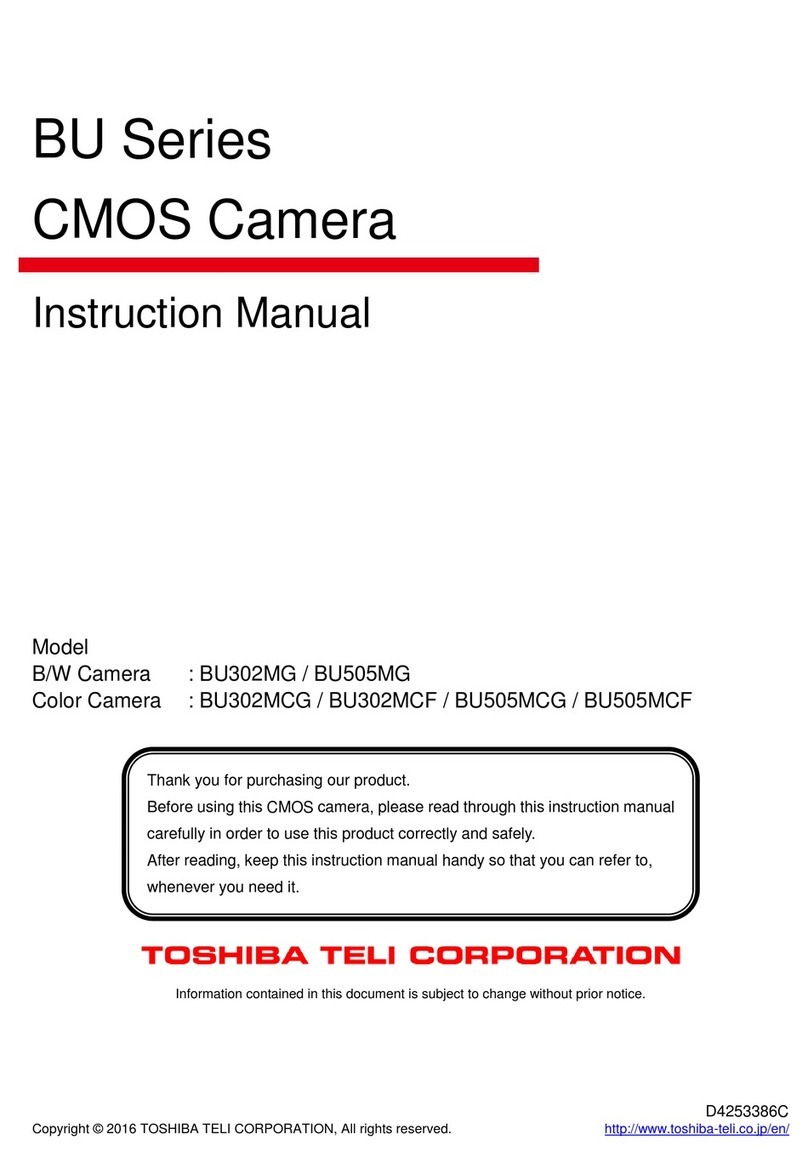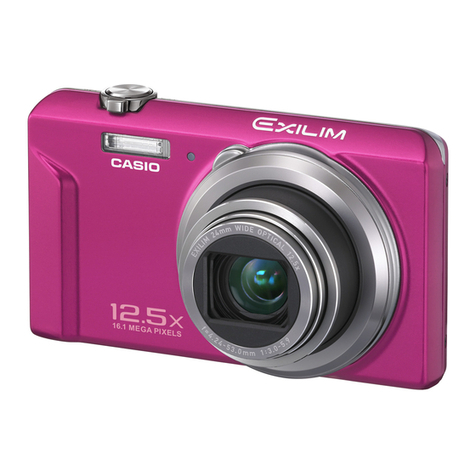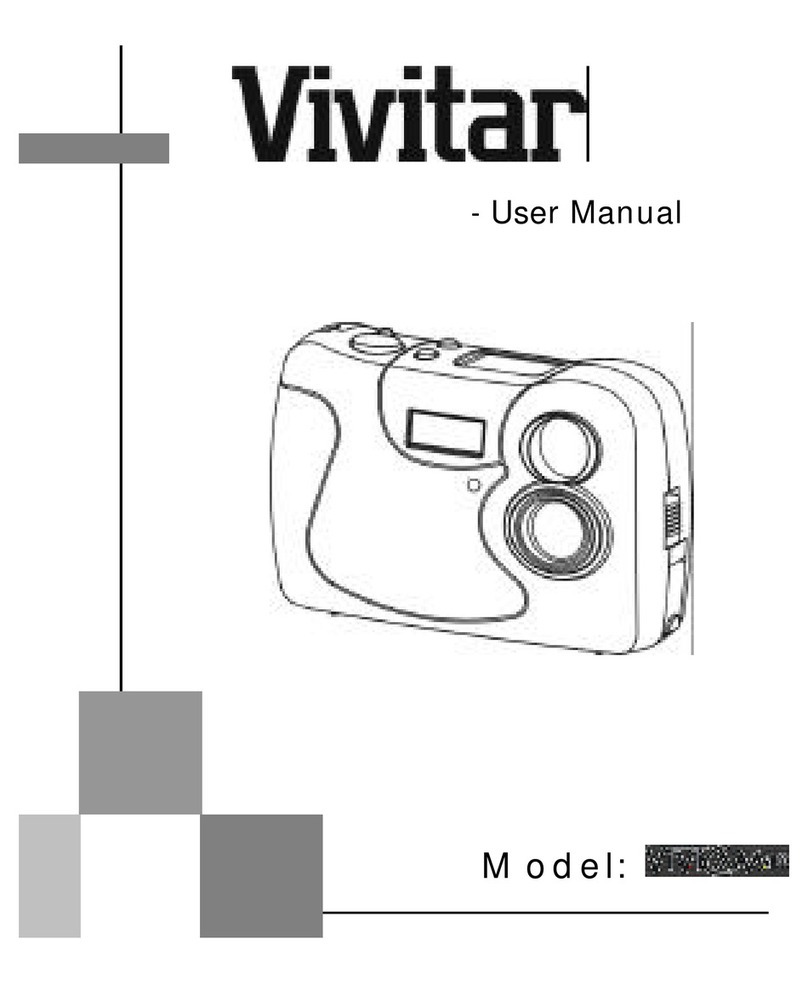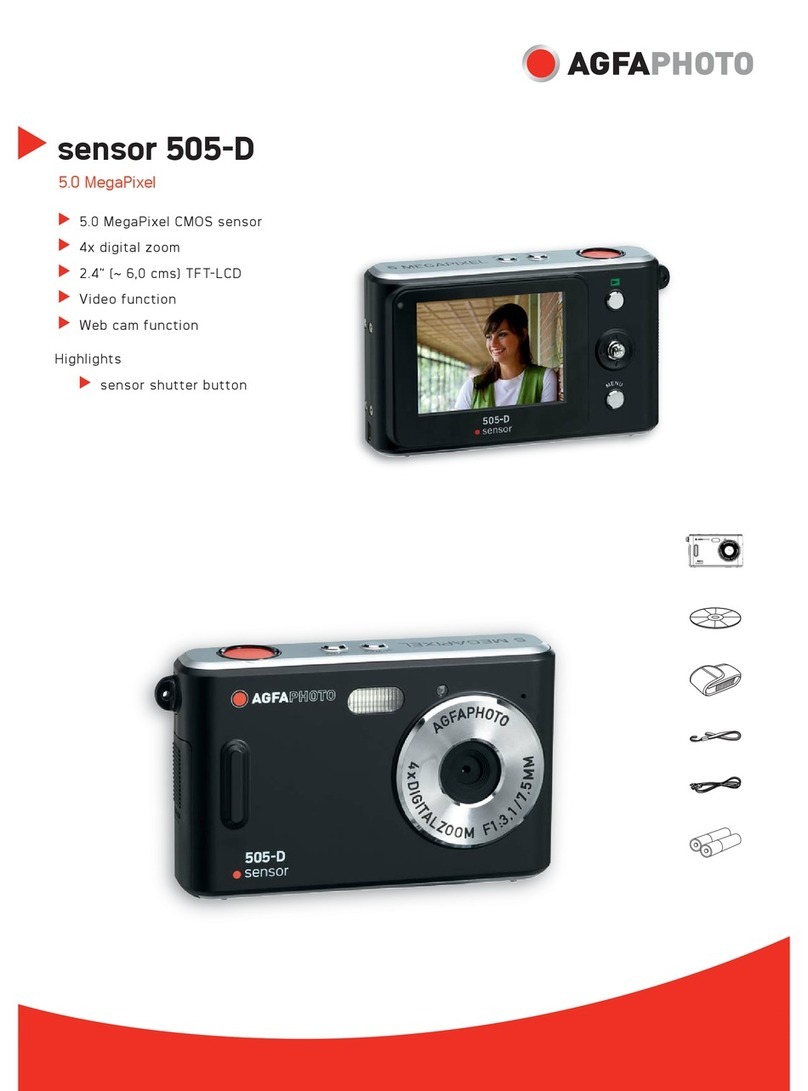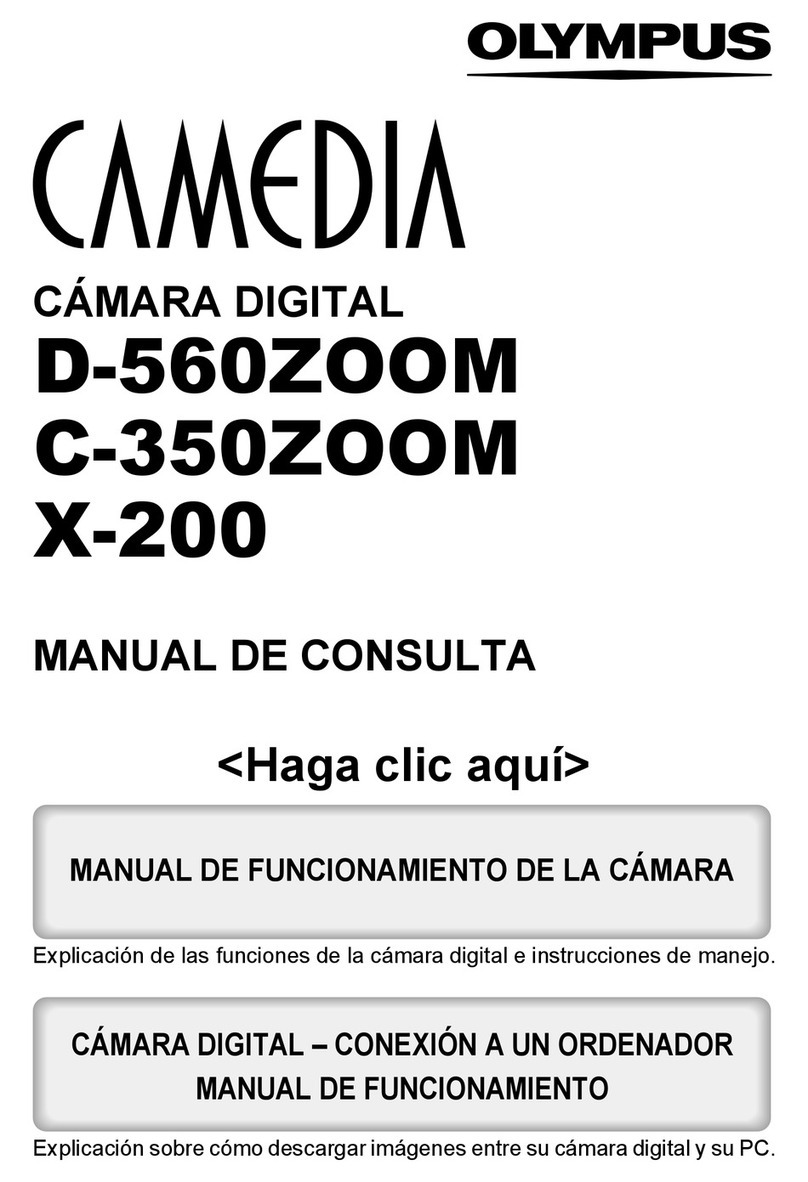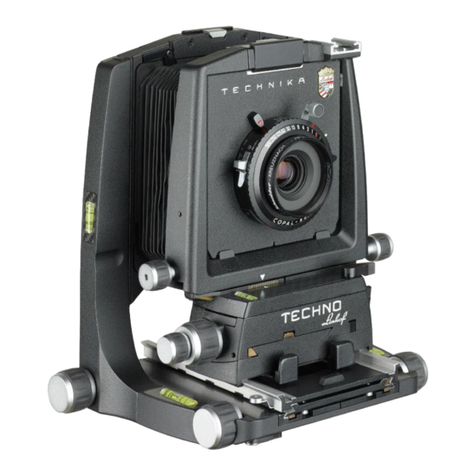chromasens truePIXA User manual

truePIXA | Getting Started
CD40154 Version 2.1

CD40154 Version 2.1 2
Table of Contents
1
About Chromasens 4
1.1
Contact Information 4
1.2
Support 5
2
About color measurement 6
2.1
Multi-channel camera vs. true color measurement 6
2.2
Point measurement spectrometer vs. true color imaging 6
3
Components required 8
3.1
Hardware 8
3.2
Software 10
4
Mechanical Installation 11
4.1
First steps for mounting the truePIXA 12
4.1.1
Transport system 12
4.1.2
Camera angles and scan direction 13
4.1.3
Working distances for truePIXA 15
4.2
Mechanical installation of truePIXA with Corona II light 18
4.2.1
Using a roller or a conveyor 20
4.2.2
Using a mirror 22
4.2.3
Mounting several truePIXA Fehler! Textmarke nicht definiert.
4.2.4
White reference 24
4.3
Connections 24
4.3.1
Connect the XLC4 controller 25
4.3.1.1
Connect the computer 25
4.3.1.2
Connect the power supplies () 26
4.3.1.3
Connect the Cooling System 26
4.3.1.4
Connect the illumination Corona II D50 26
4.3.2
Connect the truePIXA 29

CD40154 Version 2.1 3
4.4
Setting up the XLC4 controller 30
4.4.1
Connecting the XLC4-controller 31
4.4.2
Switch on the fan 31
4.4.3
Setting up the current level 32
5
Setting up the truePIXA 34
5.1
Setting up the illumination angle based on the signal 34
5.2
Gain and target reference value settings 35
5.2.1
Preparations 35
5.2.2
White reference mark 37
5.2.3
Gain values 39
5.2.3.1
Basic setup to start the gain settings 39
5.2.3.2
Setting the target white reference values 40
5.2.3.3
Setting the analog coarse gain 43
6
Calibration 45
6.1
Dark offset correction 45
6.2
Geometry Calibration 45
6.3
Color Calibration 47

CD40154 Version 2.1 4
1 About Chromasens
The name of our company, Chromasens, is a combination of 'Chroma' which means color, and
'Sens' which stands for sensor technology.
Chromasens designs, develops and produces high-quality and user-friendly products:
Color line scan cameras
3D stereo line scan cameras
Multi-spectral line scan cameras
Camera systems
Camera illumination systems
Image acquisition systems
Image processing solutions
Today, Chromasens GmbH is experiencing steady growth and is continually penetrating new
sales markets around the globe. The company's technologies are used, for example, in products
and for applications such as book and document scanners, sorting systems and inspection
systems for quality assurance monitoring.
Customers from all over the world of a wide range of industrial sectors have placed their trust in
the experience of Chromasens in the field of industrial image processing.
1.1 Contact Information
Chromasens GmbH
Max-Stromeyer-Str. 116
78467 Konstanz
Germany
Phone: +49 (0) 7531 / 876-0
Fax: +49 (0) 7531 / 876-303
Email: info@chromasens.de

CD40154 Version 2.1 5
1.2 Support
Chromasens GmbH
Max-Stromeyer-Str. 116
78467 Konstanz
Germany
Telephone: +49 (0) 7531 / 876-500
Fax: +49 (0) 7531 / 876-303
Email: support@chromasens.de
Visit our website at http://www.chromasens.de for detailed information on our company and
products.

CD40154 Version 2.1 6
2 About color measurement
2.1 Multi-channel camera vs. true color measurement
If one is used to do ‘simple’ inspection using gray scale or RGB cameras, truePIXA is the
consequent extension from RGB (3 channel) to a 12 channel system, whereas the channels of
the system are optimized to cover the visible spectral range. Applications where the three RGB
channels are not sufficient (e.g. color separation in general terms), can be treated with
truePIXA. Within the application truePIXA offers the extension of color image processing from
three to twelve channels. In this case system stabilization and especially the design of the
illumination does not differ compared to any imaging system used for inspection.
On the other hand, if the system is used for high quality color control, every component must be
well defined, controlled and especially stabilized to guarantee the short term, long term and
absolute color precision of the measurement system. Any measurement cannot provide higher
precision and quality as the general setup provides. The weakest point within the design will
always limit the general performance. Therefore no technical point of the whole system can be
thought as insignificant, unless it is proven explicitly.
2.2 Point measurement spectrometer vs. true color imaging
Standard color measurement devices used in industry are point measurement instruments.
Typically the sample’s surface is illuminated circular under 45° [ISO 13655]. The diffuse
remission of the surface is measured at 0°, and spectrally resolved using a diffraction grating.
The diameter of the aperture is typically about 2.5mm – 4mm. One measurement lasts roughly
1 second. That corresponds to a measured area of 5-12 mm² per second. A typical
configuration of truePIXA operates up to transport speeds of 5.5m per second with a scanning
width of 250mm. That corresponds to a measured surface of 1 375 000 mm² per second.
That simple calculation is made to give an impression about the strength, and great advantage
of truePIXA. Additionally the system provides a freely tunable ROI size, shape and position.
The latest standard devices for color measurement are handheld devices. We compare the
absolute (color-) agreement of truePIXA with those standard devices.
The typical performance in an optimal system is:
•Mean dE
76
= 1.2 (measured on 100 HKS-samples)
•Short term repeatability = 0.04 dE
76
(mean value 10 measurements on white)

CD40154 Version 2.1 7
To give a relation to typical inter-instrument agreement among handheld devices of different
manufacturers, we compared 4 instruments of the latest generation. We found that their
agreement is in the range of 0.9-1.1 dE
76
measured on the 100 HKS samples. We deduce that
our imaging color measurement is in the same precision range as those typical handheld
spectrometers.
The first time standard image processing tools and true color measurement are combined within
one system. For example image segmentation can be used to find freely shaped connected
areas, which are used for color control within the image. Spatially continuous color changes can
be monitored on the whole specimen.
Machine independent color-mastering can be done to do global color matching. To guarantee
100% color control and color monitoring, all image based: use truePIXA.

CD40154 Version 2.1 8
3 Components required
3.1 Hardware
truePIXA camera (shipped)
Moving stage/Conveyer:
oThe moving stage should be of high quality in order to achieve high accurate color-
measurement results. The moving stage should have a stable and non-vibrating
movement and a flat surface. Note that vibrating moving stages influence the
measurement results.
Optional: Lifting Table
oFine scale lifting table might be needed to place the object at the best focus plane
of the truePIXA. Your object can be placed at the best focus plane of the camera.
Moreover it’s important that the sample and the white reference are on the same
level.
Camera Link frame grabber(s)
o1 x medium frame grabber or 1 x base frame grabber is required per truePIXA
camera. In situations where multiple truePIXAs are being used, the number and
type of frame grabbers should be selected accordingly. Dependent on required
scanning speed, truePIXA can be operated in base or medium mode.
Line Scan Illumination (Can be ordered on request)
oChromasens manufactures its own high quality line scan illumination “Corona II”
with extremely bright and homogeneous light. The D50 LED line light source has
been specially designed for color measurement with truePIXA. This light is also
available in various dimensions, foci, cooling systems, darkfield and tubelight
variations. Please contact us for further information about our line scan illumination
varieties.
Camera Link Cables:
o2xCamera Link cables per camera in medium mode
o1xCamera Link cable per camera in base mode
The truePIXA provides MDR connectors. Check the connectors of your frame grabber in
order to decide, if you need MDR-MDR or MDR-SDR Camera Link cables.

CD40154 Version 2.1 9
Power supply:
o1xPower cable Hirose 6-pin plug “female” 24V(HR10A-7P-6S) per camera. (Can be
ordered on request)
Optional: Encoder/Light barrier
oEncoder - Line trigger (LVAL)
oLight barrier - Frame trigger (FVAL)
PC with correct configuration setting
oSystem: Windows 7 x 64bit/Windows 8 x 64bit
oQuad Core >2,20 GHz
oMemory >4GB RAM
oOptional for using truePIXA API – Development environment C++ (Microsoft Studio
2010 is recommended)
oPower-supply, enough for truePIXA, Corona II, XLC4, Encoders, PC with GPU,
motor control, any other accessories e.g. water cooling system.
oA complete list of system requirements for truePIXA is available. Please check the
truePIXA system requirements document for more information
Chromasens color calibration chart (Must be ordered from Chromasens)
oThis special color chart is necessary for the color calibration of the truePIXA.
Chromasens geometry calibration chart (Available in the partner area of the Chromasens
homepage)
oThis special chart is necessary to correct the objective shifts.
Chromasens white reference (Can be ordered from Chromasens)
oThis white reference offers the best light scattering properties for perfect shading.

CD40154 Version 2.1 10
3.2 Software
The required software is available in the partner area of the Chromasens homepage
•Chromantis software (For color measurement and calibration)
•truePIXA API
•CST Camera Setup Tool software (For setting basic camera parameters)
•XLC4 Commander (For setting up the light source)
•CS API (For setting the camera parameters)
NOTE: The functions of the Chromasens Chromantis software will be explained in chapter 6.
The direct connection between Chromasens Chromantis and the frame grabber is usable only
with a MATRIX VISION frame grabber. Otherwise, the raw images could be saved with external
software and processed by drag and drop in Chromantis.

CD40154 Version 2.1 11
4 Mechanical Installation
Before doing the mechanical installation, there are several important points to know. This will help
you save your time and efforts in mounting the system precisely.
•Do not touch and try to clean the optical filters on the front side of the truePIXA camera.
Any dust particles, scratches or fingerprints will affect the color measurement and image
quality drastically.
•Handle with extreme care and do not open the front adapter of the camera.
•The position of the truePIXA with respect to the illumination is very critical. A change in the
truePIXA angle to the illumination and vice versa will lead to inaccuracies higher than ∆E 5!
Therefore, it is strongly recommended to mount the truePIXA and illumination on a single
frame.
•It is important to carry out the calibration procedure on a flat moving table. Rollers or
cylinders are not suitable for calibration! Once the system is calibration on a flat table, it
can be mounted undisturbed on a roller at the same working distance as on the calibration
table. In this case it is necessary that the camera looks exactly perpendicular to the roller.
•The color and geometric calibrations will only work if the truePIXA and Corona II are
calibrated together (as shown in Figure 5). Once the camera and light are calibrated
together as a single color measurement system, they should not be disturbed. In case
where the truePIXA and light are demounted from a calibration table and moved to a
completely new location (e.g. roller) and fixed individually, the calibration will likely not
work!! Any changes demand recalibration of the system.
•The working distance of the camera should be carefully adjusted according to the provided
mechanical drawing before doing the camera settings. The working distance during
calibration and on the machine must be the same (max. tolerance ±0.25 mm).
•The aperture shown in the images below must be as close to the object surface as
possible. Remember the reflected light from object surface should go through the aperture,
not the light from the illumination! (as shown in Figure 5)
•A second aperture can be used close to the camera but this is optional in most of the cases
(as shown in Figure 5).

CD40154 Version 2.1 12
4.1 First steps for mounting the truePIXA
4.1.1 Transport system
First of all it’s important to prepare your moving stage, roller or conveyor (e.g. conveyer/linear
table).Please keep in mind that the calibration only can be performed on a flat surface.
•Check for stable movement of your moving stage/roller/conveyor.
•The maximum movement speed depends on the selected camera resolution
(see Table 2).
•The width of the inspection area depends on the selected field of view (see Table 2).
•Make sure, that there is enough space between the inspection area and the camera
(free working distance), to reach the observed working distance. Take into account,
height of object.
•Because of the limited depth of field and the height dependent geometrical calibration of
the truePIXA camera only flat objects can be scanned. Height changes lead to a relative
shift of the sub-images.
•There must be enough room to install the illumination at an angle of 45° to the
inspection area. The illumination distance depends on the selected illumination type
(see Figure 5).
•Please check the Corona II manual to find the right working distance for your
illumination type. The Corona II manual is available in the partner area of the
Chromasens homepage.
•
NOTE: See Table 2 to find the correct working distance, field of view and maximum movement
speed for your truePIXA camera.

CD40154 Version 2.1 13
4.1.2 Camera angles and scan direction
•The sensor line should be adjusted perpendicular (90°) to the transport direction
Figure 1: Perpendicularity of the camera to the transport direction
•The camera’s longitudinal and transverse axis should be perpendicular (90°) to the
inspection area
Figure 2: Perpendicularity of the camera to the inspection area
•Make sure the camera is not tilted.

CD40154 Version 2.1 14
•The forward scan direction is as illustrated in Figure 3 below.
Figure 3: Forward scan direction for the truePIXA
•It is possible to scan in both directions. The scan direction can be changed in the
provided software (CST).
•Mount your truePIXA at the correct working distance. The working distance for your
truePIXA model is provided to you by Chromasens GmbH in Table 2.

CD40154 Version 2.1 15
4.1.3 Working distances for truePIXA
•The working distance for truePIXA is defined by the optical configuration, lens type,
number and type of filters, resolution, length of sensor and scanning width.
•It’s very important to observe the specified working distance with a tolerance of
±0.5mm.
•For calibration and measurement must be used exactly the same working distance.
Figure 4: Working distances for the truePIXA
The following table shows all the product variants of truePIXA. The product key contains all
parameters of each camera. Please read the working distance for the corresponding
resolution from Table 2.

CD40154 Version 2.1 16
The following tables describe the product key and show the parameters of all cameras.
Basic
identification
number
Variant Variant Objective type Resolution (µm) OEM signing
ID1 ID2 ID3 ID4 ID5
CP000518 - 06 - C 01 - 130 - -
Table 1: Description of the product keys in Table 2
Product-# truePIXA
Version
Sensors
(Cam
Link)
Resolution FOV
WD
(working
distance)
±0.5mm*
Vmax
Recommended
illumination
length
[#] [µm/pixel]
[dpi] [mm] [mm] [m/s] [mm]
CP000464
-
C01
-
043
truePIXA
compact 1x7k 600 43 975 1544.43 12.7 1360
CP000464
-
C01
-
050
truePIXA
compact 1x7k 503 50 820 1303.00 10.6 1020
CP000464
-
C01
-
090
truePIXA
compact 1x7k 282 90 450 750.45 5.9 680
CP000464
-
C01
-
100
truePIXA
compact 1x7k 254 100 405 679.99 5.3 680
CP000464
-
C01
-
130
truePIXA
compact 1x7k 195 130 298 532.79 4.1 340
CP000464
-
C01
-
150
truePIXA
compact 1x7k 169 150 245 468,82 3,5 340
CP000464
-
C02
-
200
truePIXA
compact 1x7k 125 200 165 517.48 2.6 340
CP000464
-
C02
-
300
truePIXA
compact 1x7k 84 300 126 374.05 1.7 340
CP000464
-
C02
-
423
truePIXA
compact 1x7k 60 423 90 288.14 1.2 340
CP000518
-
06
-
C01-130
truePIXA pro
6c 1x4k 195 130 298 532.79 9,9 340
Table 2: Working distances for the truePIXA
*The values in the Table 2 are rounded values which would be a good reference on working
distances for all truePIXA models. Please keep in mind that the field of view can be reduced
by a change in the recommended working distance.

CD40154 Version 2.1 17
Points to remember while selecting the field of view:
•The widths mentioned above and in Figure 4 denote the field of view required for real
image area.
•However, please discuss with your contact at Chromasens while considering different
truePIXA models for your application

CD40154 Version 2.1 18
4.2 Mechanical installation of truePIXA with Corona II light
•From ISO 13655 the geometric configuration of illumination and observation is explicitly
defined to 45°- 0° geometry, just the diffuse back scattered light should be measured.
•The illumination distance depends on the chosen illumination type (all types can be found
in the Corona II manual).
•For calibration and measurement recommended using a black box with an optical
aperture to avoid stray light.
•For color measurement we recommended a Chromasens Corona II type D50 illumination
and a wide focus.
Figure 5: Cut the scattered light through a black box with optical aperture

CD40154 Version 2.1 19
•The precision of the measurement can be improved by a large amount of light. Therefore,
the accuracy is increased by two illuminations.
•Particularly in the case of high speed or high resolution (100dpi), the amount of light has
a great effect on the accuracy of measurement.
•Rough surfaces produce shadows that can be eliminated by the use of two Corona II D50
line lights.
Figure 6: Lighting the sample from both directions

CD40154 Version 2.1 20
4.2.1 Using a roller or a conveyor
•The calibration must be done on a flat surface like a moving stage.
•After calibrating on a flat table, the camera, light along with the frame can be mounted at
the defined working distance on a real application like roller or a conveyor.
Figure 7: Calibration steps for using a roller
Table of contents
Other chromasens Digital Camera manuals
